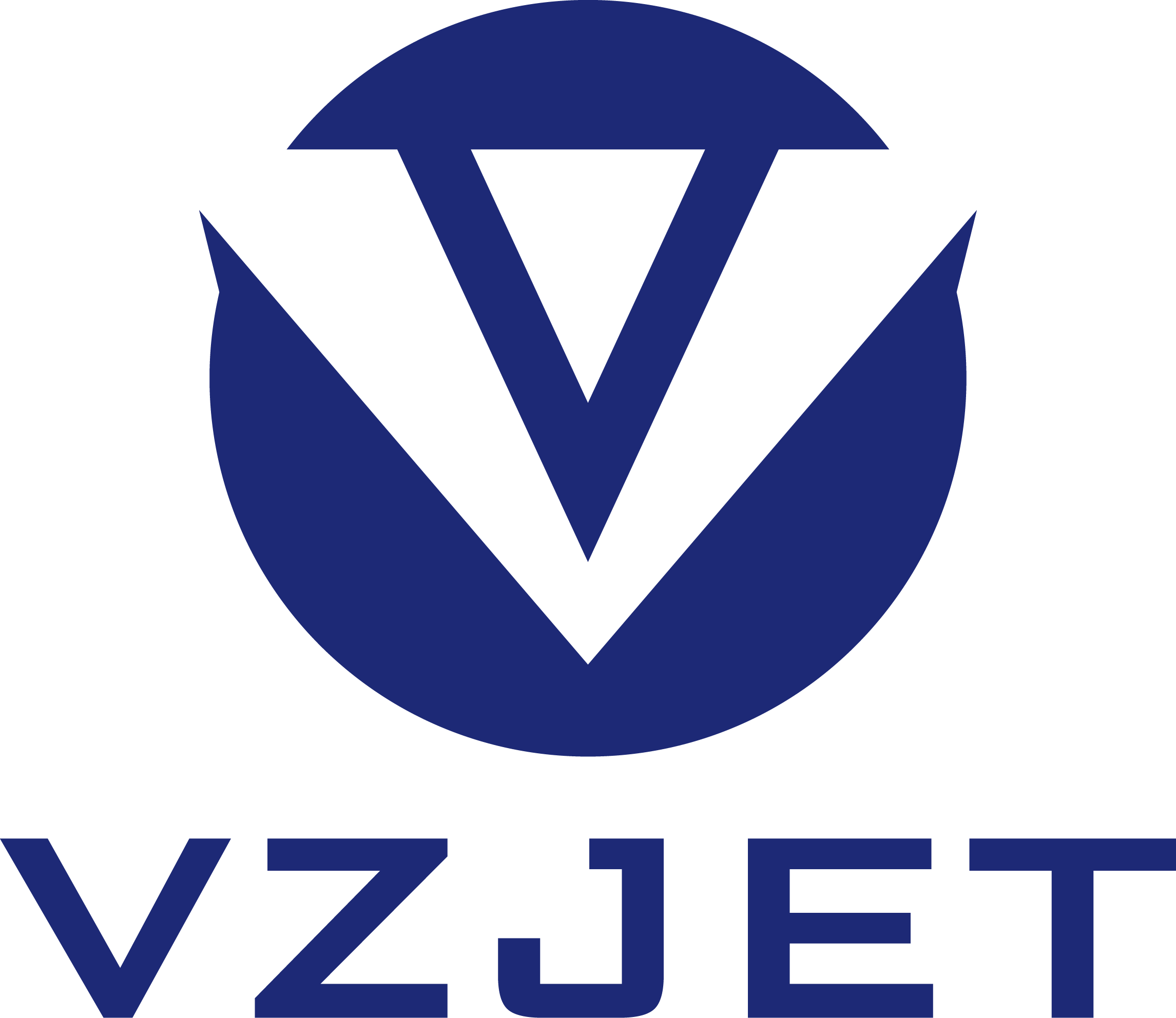Information
Industry Knowledge on Dust Prevention for Equipment in Dust-Prone Environments: Core Protection for Water-Cooled Machines, Smoke Extractors, and CO₂ Laser Machines
16 Oct,2025
In industrial production scenarios, equipment maintenance in dust-prone environments (such as hardware processing workshops, building material production plants, laser engraving studios, etc.) must prioritize "dust prevention". Among them, water-cooled machines, smoke extractors, and CO₂ laser machines are extremely sensitive to dust due to their structural characteristics and functional requirements. Neglecting dust prevention work can easily lead to blockage failures, affecting equipment service life and production efficiency. The following details the key points of dust prevention for such equipment from three aspects: the necessity of dust prevention, analysis of equipment hazards, and scientific protection systems.
I. Necessity of Dust Prevention: Why It Is a "Must" in Dust-Prone Environments
Suspended particles (such as metal shavings, dust, fibers, etc.) in dust-prone environments can enter the interior of equipment through gaps, air inlets, and heat dissipation channels, forming a chain reaction of "blockage - failure - shutdown". From industry data and practical experience, the core necessity of dust prevention is reflected in three aspects:
- Reducing Failure Probability: According to industrial equipment maintenance reports, over 60% of failures in water-cooled machines, smoke extractors, and CO₂ laser machines in dust-prone environments are caused by dust blockage, which is much higher than the failure rate of equipment in other environments.
- Controlling Economic Costs: Failures caused by dust not only require maintenance costs (for example, the replacement cost of optical lenses for CO₂ laser machines can reach several thousand yuan) but also result in indirect losses due to production line shutdowns (for instance, an auto parts factory once suffered losses exceeding 100,000 yuan due to a 4-hour shutdown caused by water-cooled machine blockage).
- Ensuring Equipment Precision and Service Life: All three types of equipment contain precision components (such as heat sinks of water-cooled machines and reflectors of CO₂ laser machines). Dust accumulation can damage component performance (e.g., laser spot deviation in laser machines, reduced heat dissipation efficiency in water-cooled machines), and long-term accumulation can shorten the equipment service life by 30% - 50%.
II. Analysis of Equipment Hazards: Dust Blockage Risk Points for Different Equipment
Due to differences in functions and structures, the harm of dust blockage to the three types of equipment varies, requiring targeted prevention and control:
(1) Water-Cooled Machines: Dust Blockage "Stalls" the Heat Dissipation System
The core function of a water-cooled machine is to cool associated equipment (such as laser machines and machine tools) through circulating water. Its heat dissipation system (heat sinks, cooling fans, pipeline interfaces) is the main risk point for dust blockage:
- Dust adhering to the surface of heat sinks forms a heat-insulating layer, reducing heat dissipation efficiency and increasing the temperature of circulating water, which in turn triggers the "overheat protection" shutdown of associated equipment.
- Fine dust enters pipeline interfaces and accumulates over time, causing blockages, poor water circulation, and in severe cases, damage to water pumps and overall equipment failure.
(2) Smoke Extractors: Dust Blockage "Clogs" the Filtration Components
Smoke extractors are used to absorb harmful gases and dust in workshops (such as smoke generated by laser engraving and welding fumes). Their filtration systems (primary filters, activated carbon filters, HEPA filters) are key to dust interception and also high-risk areas for blockage:
- When filters are blocked by dust, the suction pressure decreases, reducing smoke extraction efficiency. Harmful gases cannot be effectively discharged, which not only pollutes the workshop environment but also affects the health of operators.
- Uncleaned blocked filters increase the load on the fan, leading to overload operation, shortened motor service life, and even fan burnout.
(3) CO₂ Laser Machines: Dust Blockage "Damages" Precision Components
CO₂ laser machines rely on laser tubes to emit lasers, reflectors to transmit optical paths, and air channels for auxiliary heat dissipation. These precision components are extremely sensitive to dust, and the harm caused by blockage and contamination is most direct:
- Dust adhering to the lenses of laser tubes absorbs laser energy, resulting in reduced output power and deviations in engraving/cutting precision (such as burrs and dimensional errors).
- Blockage of air channels hinders heat dissipation of laser tubes, easily causing the problem of "accelerated laser tube aging". Laser tubes that originally have a service life of 8,000 - 10,000 hours may be scrapped 2,000 - 3,000 hours in advance.
- Dust accumulation on the surface of reflectors causes optical path deviation, and in severe cases, the laser can directly burn the equipment shell, triggering safety accidents.
III. Scientific Protection System: A Full-Process Solution from "Prevention" to "Maintenance"
In response to the dust prevention needs of the three types of equipment, the industry has developed a full-process protection system of "source prevention and control + regular maintenance + accessory upgrading", which can effectively reduce the risk of blockage:
(1) Source Prevention and Control: Reducing "Contact Opportunities" Between Dust and Equipment
- Equipment Selection: Prioritize models with high sealing levels (such as IP54 and above protection levels), and focus on the dust-proof design of air inlets and heat dissipation channels (e.g., air inlets with dust screens, sealed cooling fans).
- Environment Optimization: Install dust-proof enclosures (such as transparent acrylic baffles) around equipment or industrial dust collectors (such as cyclone dust collectors and bag filters) to reduce the dust concentration in the space from the source.
- Installation Specifications: Avoid installing equipment in dust-intensive areas (such as near raw material storage areas and machine tool processing areas). If unavoidable, set up isolation barriers between the equipment and pollution sources.
(2) Regular Maintenance: Developing Cleaning Cycles Based on Equipment Characteristics
The cleaning frequency of different equipment needs to be adjusted according to dust concentration and component characteristics. The following are general industry maintenance standards (which can be flexibly adjusted based on workshop dust conditions):
(3) Accessory Upgrading: Installing Dust-Proof Components on Key Parts
For parts prone to blockage, dust-proof accessories can be added to enhance protection effects:
- Water-Cooled Machines: Install detachable dust screens on the outside of cooling fans and wrap sealing tape at pipeline interfaces to reduce dust entry.
- Smoke Extractors: Install pre-filter cotton at air inlets to intercept large particles of dust in advance and extend the service life of core filters.
- CO₂ Laser Machines: Install transparent dust covers on the outside of laser tube lenses (open during use, close when idle) and dust grilles at air channel inlets.
IV. Industry Consensus: Dust Prevention Is a "Long-Term Investment" Rather Than an "Additional Cost"
A consensus has been formed in the industrial equipment maintenance field: dust prevention for equipment in dust-prone environments is not an "optional additional task" but a "long-term investment" to reduce costs and ensure production. Enterprises need to abandon the passive mindset of "handling problems only after failures occur" and integrate dust prevention into daily maintenance by establishing dust prevention management systems (such as assigning dedicated personnel for maintenance and regularly testing dust concentration) and training maintenance personnel on professional skills (such as the correct method of cleaning laser machine lenses). Only in this way can the value of equipment be maximized and production losses caused by dust blockage be avoided.
16 Oct,2025
Classification:
Information
Latest Contents







